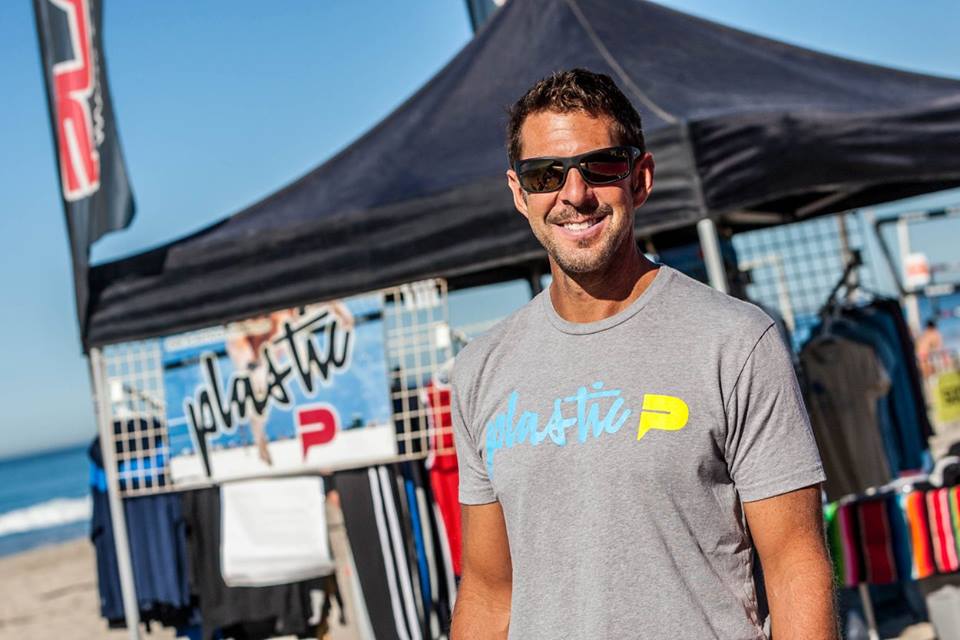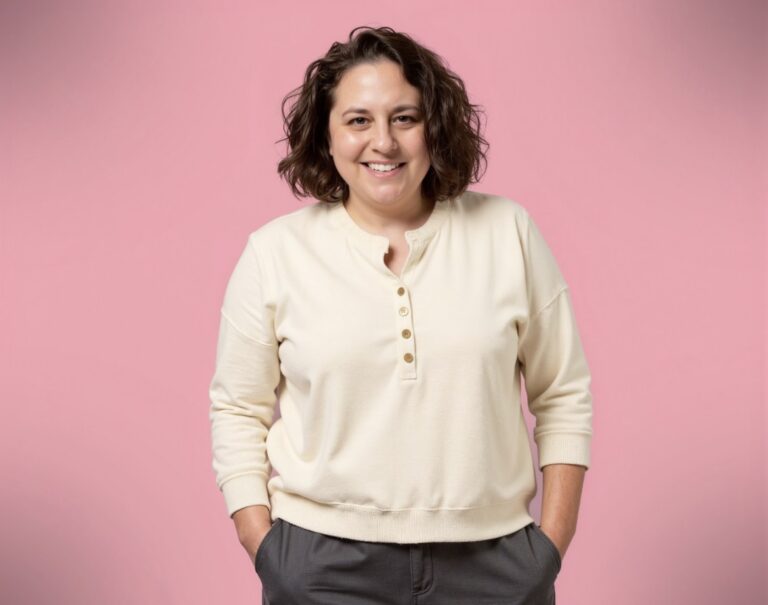We caught up with the brilliant and insightful Barry Goralnick a few weeks ago and have shared our conversation below.
Barry, we’re so excited for our community to get to know you and learn from your journey and the wisdom you’ve acquired over time. Let’s kick things off with a discussion on self-confidence and self-esteem. How did you develop yours?
Confidence isn’t something you’re born with—it’s something you build. My father was an immigrant who came through Ellis Island, escaping persecution, and he brought with him an unwavering work ethic, instinct, and resilience. My parents didn’t have many opportunities themselves, so they made sure I did. My mom was creative and interested in the arts. From early on, I was encouraged to pursue my interests—art, drama, writing, ballroom dancing, piano—whatever sparked something in me.
That freedom to explore wasn’t just fun, it was foundational. It helped me discover what I was good at and what I cared about. Dance and drama gave me presence. Writing gave me clarity. And being allowed to try, to fail, to improve—that gave me confidence.
In high school, my dad dropped me off to spend the day with a real architect, just to see what the day-to-day was like. That kind of exposure—and encouragement—made me believe I belonged in the room.
My dad also taught me a powerful life lesson: seek guidance from the best people you can find. Over time, the people I admired became my mentors, helping me grow personally and professionally—and sometimes opening important doors. I’ve learned not to be afraid to ask, to try, to put myself out there. Because the only thing worse than failure is regret.
Bottom line: confidence grows when you’re challenged, supported, and always learning. And when in doubt? Ask. Try. Show up. You’ll regret the things you don’t do far more than the things you tried and fumbled.

Thanks for sharing that. So, before we get any further into our conversation, can you tell our readers a bit about yourself and what you’re working on?
I’m an architect, interior designer, and product designer, and I’ve built a career that fuses creativity with craftsmanship. I earned my degree from the Harvard Graduate School of Design, where I had the opportunity to study with icons like Frank Gehry, Michael McKinnell, Jorge Silvetti, and others. My final review panel included Philip Johnson, Frank Gehry, Harry Cobb of I. M. Pei, and Charles Gwathmey—a lineup that was as intimidating as it was inspiring. Sure, it was nerve-wracking. But that kind of exposure—getting direct input from the greats—forced me to up my game and showed me I could hold my own. It was an early lesson in how confidence is built: by leaning into challenge, not backing away from it.
From there, I moved to a small architectural firm under the mentorship of Wayne Berg, where I got to do everything from day one—design, drawings, client meetings, construction oversight. We were small, so I also took on interiors. That experience taught me how to create fully integrated environments, with design that flows seamlessly from the foundation to the tabletop.
At 29, I launched my own firm. When I couldn’t find the right pieces in the marketplace, I started designing my own—collaborating with local artisans to bring them to life. That grew into a full product line of furniture and lighting, which eventually expanded into a national business. But over time, I realized I was spending more time managing operations than actually designing—so I made a strategic pivot.
Today, I license my designs to top-tier luxury brands:
Villeroy & Boch, Watermark Designs, Arta Broch, Hamilton Sinkler, Currey & Company, Vanguard Furniture, Visual Comfort, Stark Carpet, among others.
This shift has allowed me to focus on what I love most—designing—and partnering with experts who bring those designs to the marketplace at scale.
Along the way, I’ve been honored with:
• “Best Product Designer” by the ARTS Awards
• “Innovation In Design Award” by Cottages & Gardens (5-time nominee)
• “Best of Year” Winner for Product Design by Interior Design
• On the “Power List” by Designers Today, recognizing 50 of the top designers in the industry.
Most recently, I’m developing six fine china collections with Arta Broch, and a new hardware line with Hamilton Sinkler—each one a fresh opportunity to innovate, collaborate, and push the boundaries of design. They should be available this year.

If you had to pick three qualities that are most important to develop, which three would you say matter most?
1. Communicate clearly—and don’t underestimate the power of humor to disarm and connect.
2. Keep fear in check—take risks, try new things, and embrace discomfort as a sign you’re on the right path.
3. Never stop learning—feed your mind daily, even if it’s just one new idea, one new perspective.

Do you think it’s better to go all in on our strengths or to try to be more well-rounded by investing effort on improving areas you aren’t as strong in?
Start with your strengths—they’re your launching pad. But don’t stop there. I’ve found that real growth happens when you push yourself into unknown territory. That blank page? It’s my favorite place to be. It’s where creativity lives.
Designing across industries—from china to plumbing fixtures—forces me to constantly learn and evolve. Each project teaches me something new about manufacturing, market research, scaling production. So yes, lean into what you’re great at, but stay curious. If you’re not learning, you’re not growing. And growth is where confidence and capability meet.
Contact Info:
- Website: https://www.barrygoralnick.com
- Instagram: @barry.goralnick
- Facebook: Goralnick Architecture and Design
- Linkedin: https://www.linkedin.com/in/barry-goralnick-853799a/
- Youtube: @goralnickarchitecturedesig2827




Image Credits
Barry and John Lithgow – Maura Sullivan
Living Room, Dining Room, Purple Gallery, Photo of Barry – Alan Barry Photography
so if you or someone you know deserves recognition please let us know here.




